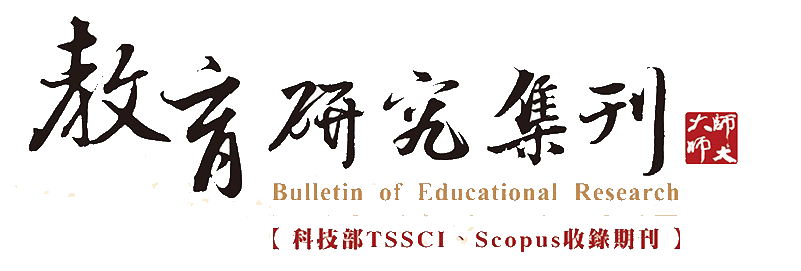| 篇名 | |
|---|---|
| 並列篇名 | The Integration of |
| 作者 | 黃宗顯 |
| 中文摘要 | 本文旨在探討批判理論學者J.Habermas的共識論述、後現代思想家J. F. Lyotard的差異政略、以及中國「道」思想三者在學校行政革新應用上的和合與實踐適用性。作者認為Habermas的共識論述可以為學校行政的共識性革新提供立論基礎;Lyotard的差異政略思想則為悖理性革新(paralogical innovation)建立合法性的堅實理據。共識性革新可以吸納校內外聚合傾向的革新能量,配合學校組織系統運作的需求,追求團體規約取向和集體意識型態下的革新作為和目標;悖理性革新吸納校內外疏離傾向的革新能量,關懷成員自主性需求,尋求個殊取向和特殊意識型態下的革新作為和功效。兩種革新都有其適用空間,都為學校行政革新所必需,且各有其優點和限制。就如同中國「道」學中的「陽」與「陰」,兩者的和合始構成學校行政革新的完整內涵,而兩者間有如陰陽辯證般的動態衍化特性,亦甚富學校行第革新的啟示。本文逐一析述這些立論的內涵與融通應用性。 |
| 英文摘要 | This article attempts to form a complementary framework for appropriate innovations in school administrations by integrating the theoretical perspectives of Habermas’s consensus discourse, Lyotard’s politics of difference, and Chinese Daoism. Habermas’s thinking on consensus discourse offers a theoretical basis for consensus innovations in school administration, whereas Lyotard’s thoughts on politics of difference legitimate school administrative paralogical innovations. Consensus innovations pursue school improvements under the mandate of group regulations and collective ideologies. Paralogical innovations, on the other hand, look for school progress by satisfying idiosyncratic needs as well as particular ideologies. Just as “Ying” and “Yang” constitute a complementary structure and dynamic relationship in Chinese Daoism, both consensus innovations and paralogical innovations are mutually constitutive in school administrations. Their theoretical inter-relationship and appropriate application are discussed in this paper. |
| 起訖頁 | 97-115 |
| 關鍵詞 | 共識論述、差異政略、學校行政革新、Consensus discourse、Politics of difference、School administrative innovations |
| 刊名 | 教育研究集刊 |
| 期數 | 200306 (49:2期) |
| 出版單位 | 國立臺灣師範大學教育學系 |
| 該期刊-上一篇 | 學校組織中集體協商運作之研究--以北部六縣市國民中學為例 |
| 該期刊-下一篇 | 批判的教育政策分析--以高等教育整併政策為例 |








